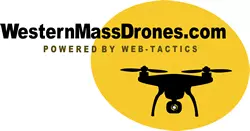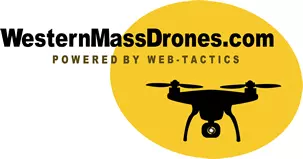Drone Inspections in Different Industries
Colonial Pipeline Company has been using drones successfully for years to help them find and fix leaks or other issues that can cause huge problems. Drone visual inspections are a powerful tool that companies of all kinds and sizes should consider adding to their arsenals.
A visual inspection by drone is exactly what it sounds like: a rigorous, comprehensive examination of every single component of an asset with the naked eye. In many cases, a drone inspection will be a visual examination, with the inspector's eyes being the drone's camera. Visual inspections are necessary to ensure that a company's assets are kept in good working order. After all, changing a few rivets on a tower is a lot easier, not to mention less costly, than completely rebuilding it.
Types of Drone Inspection
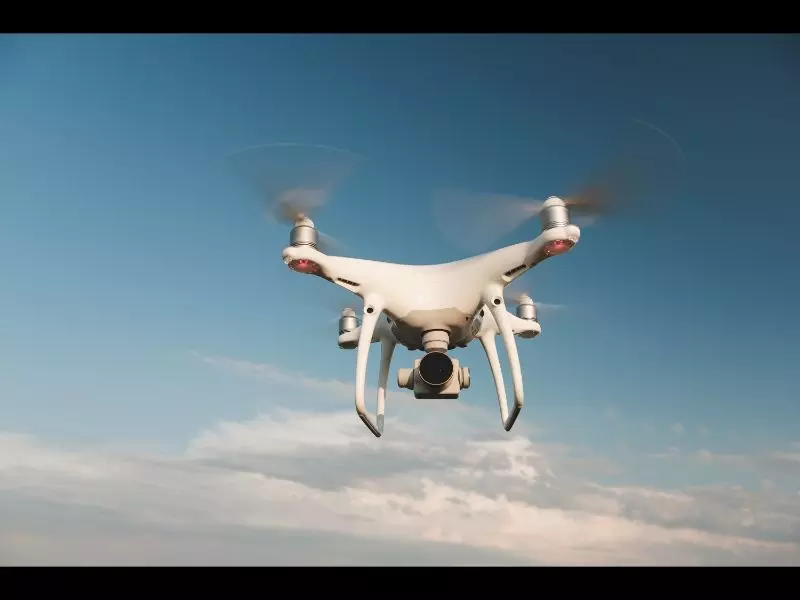
Drone visual inspections can be used for many different situations and needs.
Drone Inspections in Building & Construction:
The ability to obtain aerial data on the condition of the whole site on construction projects quickly and efficiently can be hugely beneficial, potentially saving construction companies and their stakeholders a lot of money. Drone visual inspections for construction are used to monitor the site perimeter, supply stockpiles, building progress and record the overall safety condition of the site.
In addition, Drones provide construction organizations with many other advantages, including higher accuracy in reporting, increased regularity in reporting, improved safety conditions by immediately recognizing concerns onsite, and improved operational efficiency.
Finally, and most crucially, one of the most significant advantages of deploying a drone on a building site is the ability to eliminate future delays. Construction businesses can discover issues early and prevent going over budget by boosting the regularity of data gathering and reporting.
Drone Inspections in Infrastructure:
In a country as geographically diverse as ours, this category is easily the one with the most potential for drone inspection services. The list is potentially endless, from utility towers, air transportation infrastructure, trains, roadways, and other infrastructure to highways, bridges, dams, tunnels, power lines, pipelines, transmission towers for radio and television, and more.
Drones are being utilized in Infrastructure & Utilities for routine inspections and inspections following calamities such as hurricanes and floods, where local governments and public departments need quick and accurate information on their status, preferably without putting an inspector or a team in harm's way.
Drone Inspections for Insurance:
For a long time, insurance companies have used drones for roof and other inspections relating to policy changes. Roof and ceiling damage after a severe storm, hurricane, hail, or tornado is the most prevalent inspection type for drones in this industry. Rather than sending someone up onto a roof to evaluate the damage, a drone inspection can swiftly capture visual data on the roof's state and capture high-definition photography and videography data that the insurance company can easily access to substantiate an insurance claim.
Drone Inspections for Power Companies:
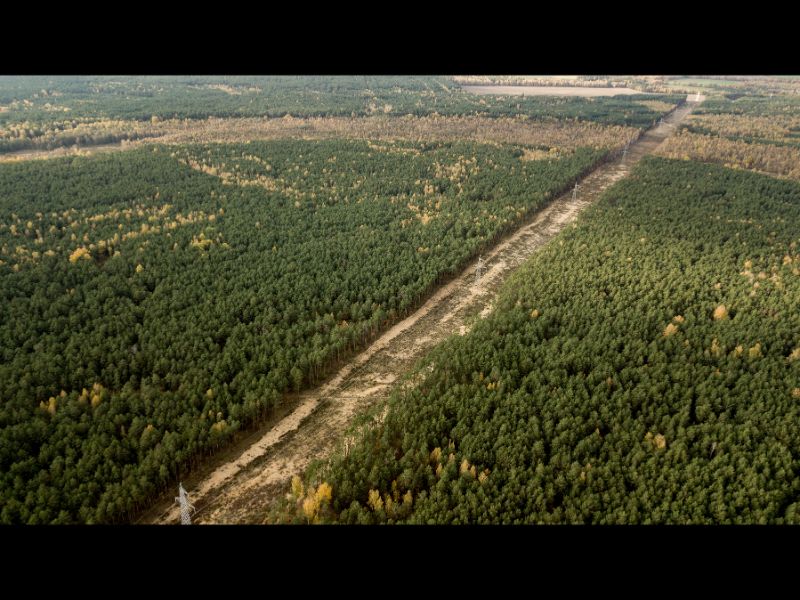
Companies that supply power for residential and commercial needs - public utilities in most cases and private companies in certain states - deal with various assets that need to be inspected regularly from both an operational maintenance standpoint and a public safety standpoint. These assets could range from coal-fired boilers and steam generators to wind turbines, high-capacity transformers, and chimneys.
Drone technology is revolutionizing power plant inspections. Drone inspections have several advantages over traditional inspections, including keeping the inspector out of harm's way and saving money by doing away with conventional safety equipment needed to assist inspection activities.
Drone Inspections in Mining:
Following a mining operation's removal of an ore vein, the enormous underground pit where the ore was extracted may remain incredibly unstable, with debris falling from the ceiling and crumbling from the walls. By law, most countries ban mining workers from entering these areas, which are known as "stopes" in the business. Drone inspections are mostly used to inspect these dangerous areas through:
- visual surveys of stopes and tunnels for miner safety prior to entry (including the planning stages before any significant excavation occurs).
- locating and mapping cave-ins or land movement
- identifying unsafe conditions in existing excavations
- finding new locations for exploration and ore reclamation
Drone Inspections for Landscaping:
Drone visual inspections for landscapers are great because they can regularly monitor large areas of land, check on things like irrigation or drainage infrastructure, or conduct presence/absence analysis after vegetation management operations (to check on things like the health of the grass after chemical treatments). These aerial inspections can also conduct routine lawn maintenance operations (weed control, fertilizer spraying etc.) in certain situations.
Drone Inspections for Outdoor Events:
Drone visual inspections for events are ideal for special events set up outdoors, like fairs, festivals, and more. Organizers can perform periodic checks of the event site before and during the event (to ensure everything is in place) or after (for example, to check on post-event cleanup). Drone visual inspections for outdoor events let owners and stakeholders save time and money by preventing problems from arising in the first place or catching them early so they can be fixed quickly, and allowing companies and organizations to spend more time concentrating on delivering an outstanding event experience.
Drone Inspections of Real Estate:
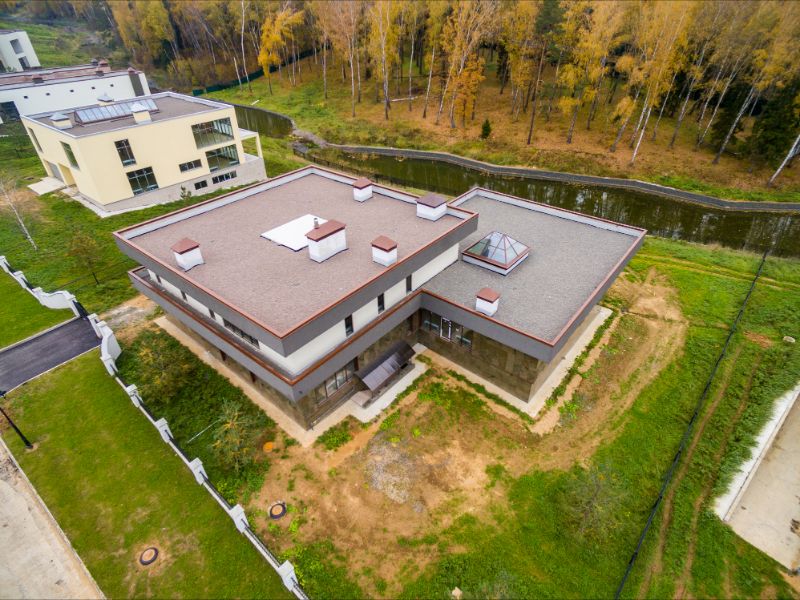
Real estate drone visual inspections are a powerful tool for real estate professionals, particularly those who manage large portfolios. They help owners and stakeholders save time and money by catching issues before they become more expensive, thus creating a better return on investment (ROI). Drone visual inspections start with gathering data about the property - this information can be collected as an orthomosaic map, a type of aerial map where every pixel has a ground height associated with it and which can be used in various applications.
Drone Inspections of Wildlife:
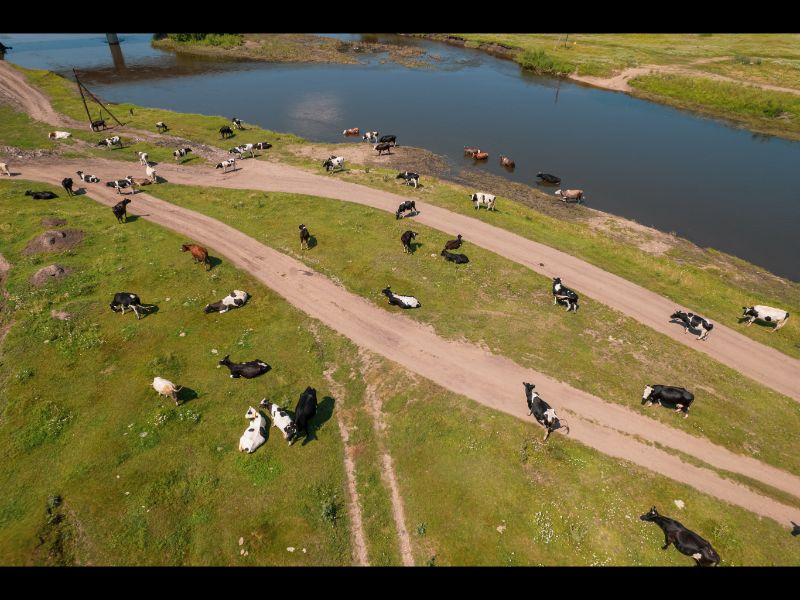
Drone visual inspections are an essential tool in modern conservation efforts. Drones are increasingly being used by forest & park rangers and other wildlife preservation officials to capture wildlife data at scale with high precision. These high-altitude visual inspections help biologists and research professionals save time and money and contribute to their growing body of knowledge about wildlife habits and habitats by enabling biologists and researchers to track animals over long periods to learn about their habits and habitats without physically having to trek to far off or remote locations.
Drone Inspections of Construction Sites:
Drone visual inspections for construction companies helps them save time and money in two ways: by replacing teams of inspectors and their costly equipment needed to reach hard-to-reach areas and by eliminating the necessity of putting employees in harm's way. Construction companies across Western Massachusetts are also increasingly using them to have a drones-eye view of the entire project and keep stakeholders abreast of progress.
Conclusion
Inspections conducted by drones are a growing area of drone use that is quickly becoming the go-to solution for companies that need to ensure their assets, infrastructure, or projects meet expectations.
